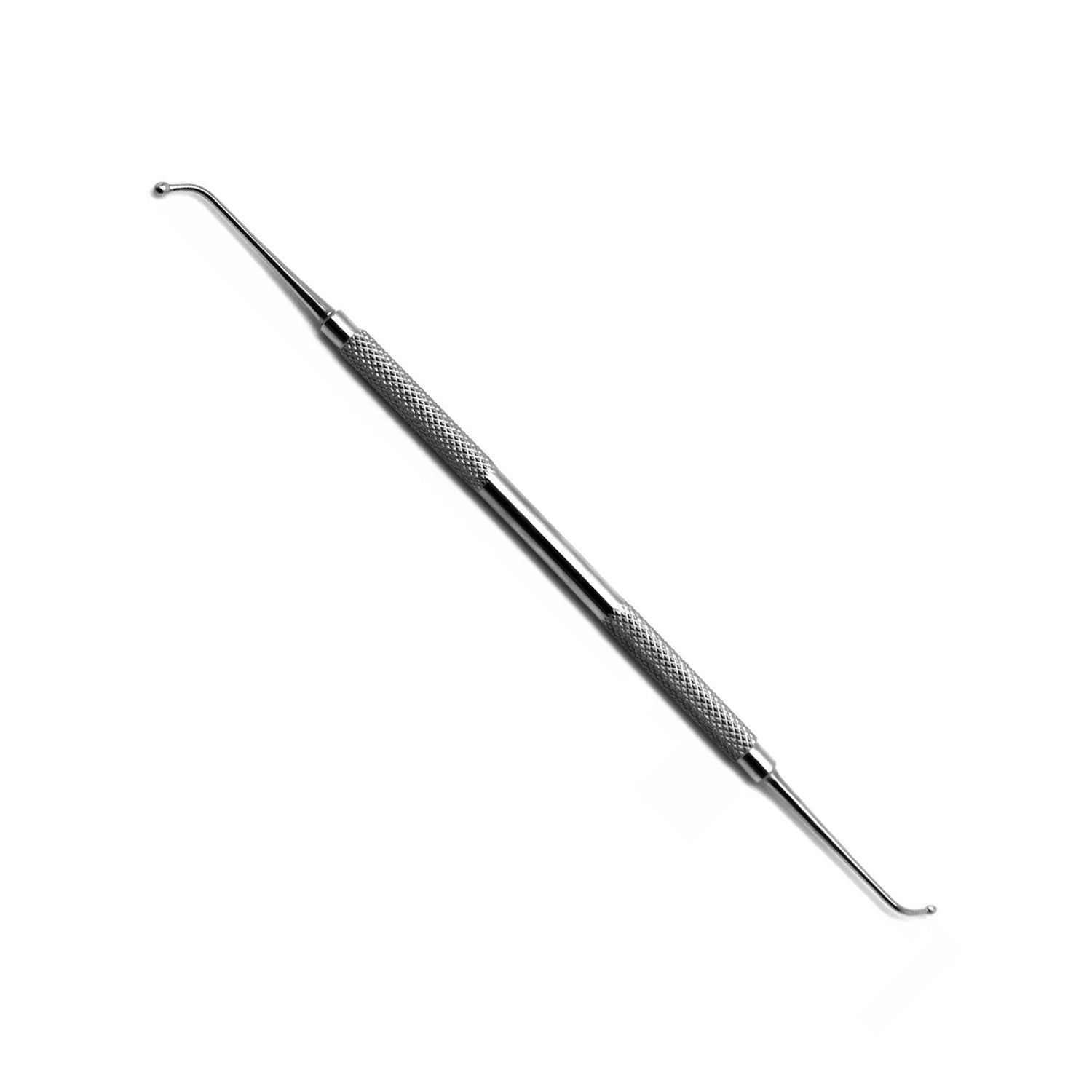Introduction
Dental procedures require precision, efficiency, and the right set of tools. Whether for diagnosis, surgery, or treatment, dental instruments play a crucial role in ensuring successful dental care. But what are the different types of dental instruments, and what are they used for?
This comprehensive guide will take you through the essential dental instruments used by professionals, from basic examination tools to specialized surgical devices.
Understanding the Role of Dental Instruments
Every dental instrument serves a specific purpose. Some are used for examination, others for cleaning, while some assist in surgical and restorative procedures. The selection of these tools depends on the procedure and the patient's needs.
For better understanding, dental instruments can be categorized into the following:
- Diagnostic Instruments
- Periodontal Instruments
- Restorative Instruments
- Surgical Instruments
- Endodontic Instruments
- Orthodontic Instruments
- Prosthodontic Instruments
Let’s explore each category in detail.
Diagnostic Dental Instruments

Before any treatment, a thorough diagnosis is necessary. Diagnostic instruments help dentists examine the patient’s teeth, gums, and oral cavity.
Mouth Mirror
The mouth mirror is a small, round mirror attached to a handle. It helps in:
- Viewing hard-to-see areas inside the mouth
- Reflecting light to improve visibility
- Retracting soft tissues like the tongue and cheeks
Explorer (Probe)
The dental explorer, also known as a sickle probe, is a sharp, hook-like instrument used for:
- Detecting cavities and plaque buildup
- Checking for enamel defects
- Identifying gum diseases
Periodontal Probe
This is a thin, long instrument with a marked tip that measures pocket depth around the teeth to assess gum health.
Cotton Pliers
Used to hold or transfer small items like cotton rolls, gauze, or medications within the mouth.

